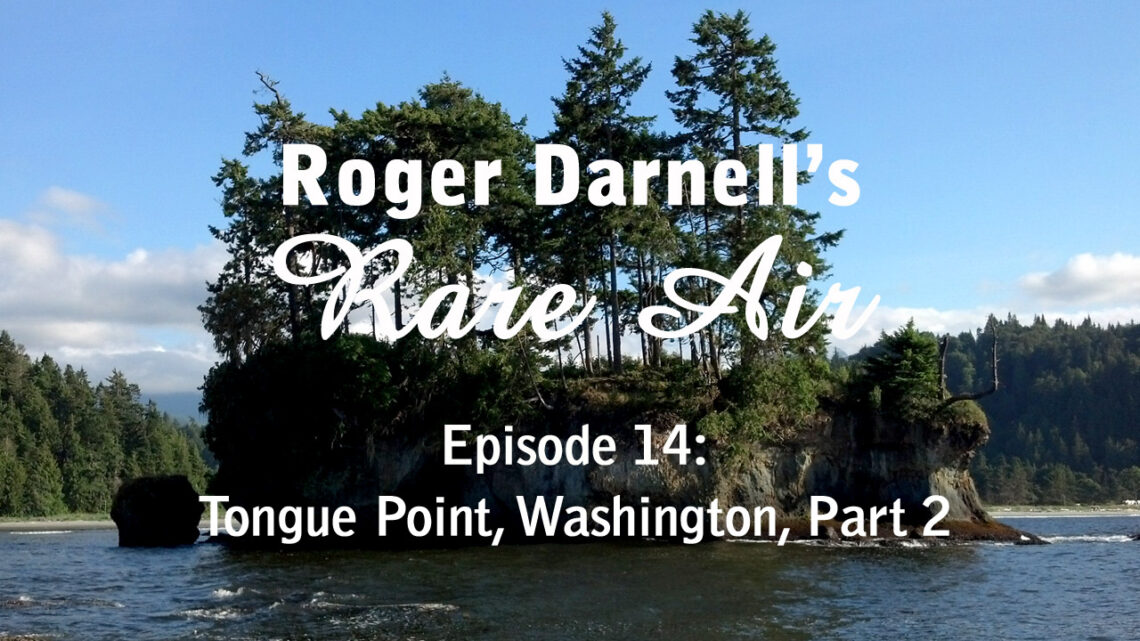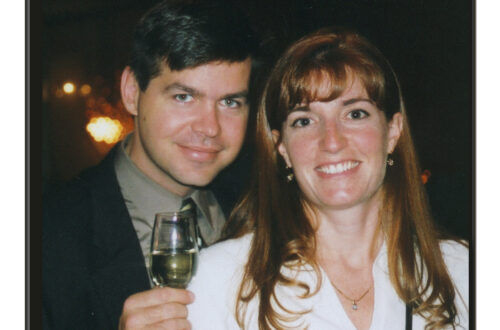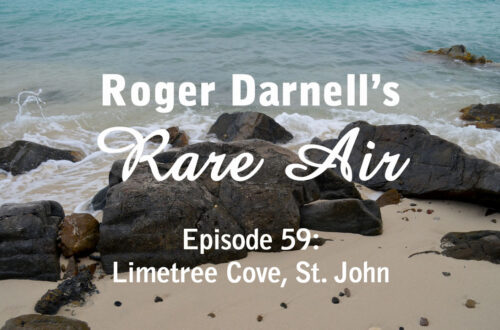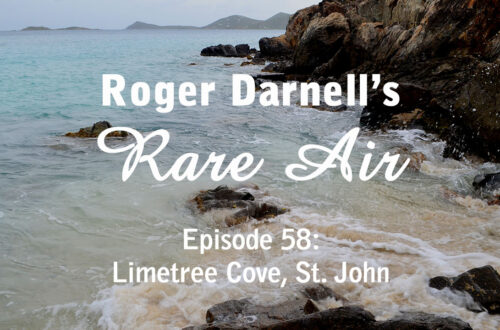Looking back, it seems like fate drew us to Washington State and Olympic National Park in 2014. It all started when we were in Isle of Palms, which is near Charleston, South Carolina, the week after Christmas in 2012. That was the year of our family’s first National Parks tour; all of that had happened earlier that summer. With the kids, we’d decided that we would schedule our next National Parks tour for 2014, and one place we were intending to go was Glacier National Park. While loitering in Barnes and Noble that December, I purchased a new book: “Your Guide to the National Parks” from Michael Joseph Oswald and Stone Road Press (2012).
I found Glacier very quickly in the book, and worked outward from there, imagining how we might spend up to a few weeks visiting that international treasure and others in its area. Soon enough, after looking at the many amazing parks in the region, Oswald’s section on Olympic completely stole my attention. Before we rang-in 2013, I feel like I had started envisioning spending our entire 2014 vacation circumnavigating the Olympic peninsula. That’s how the trip went down, and now, my mind returns to the loop time and again, reliving the experiences as much as possible. The pictures bring it close.
For you, I highly recommend Oswald’s book, the oft-cited Ken Burns/Dayton Duncan documentary “America’s Best Idea” and its accompanying book, and another book that popped up before we made the trip. My anticipation of visiting the realm led me to Amazon, where somehow I learned about author Annie Dillard, and ordered her book, “The Living.” Set in the mid- to late-1800s in the Bellingham Bay area of Washington (closer to Canada and above Seattle and the Puget Sound), I read the book as we traveled, and it took me deeper into the area’s forests, sands, stars, people and beauty. Early on she writes:
“The difficulty and expense of reaching Puget Sound at all, from anywhere on the planet earth including Oregon, had drawn men and women as hard as mules, whose arrival proved their endurance.”
And later, sewing her characters into the landscape: “…By the sweet rosebushes behind the beach, John Ireland caught garter snakes, which allowed themselves to be petted; the big bees investigated his head and never stung. The island was all dark forest and sunlit marsh, milder than the mainland and more clean. In March, when they came, the currants were flowering red in the sun. Last winter there had been no frost at all, they heard. Blue islands ringed the distance in every direction. The water smelled planetary; salt water from Arctic seas soaked beach stones. On the dazzling west shore Tom Sharp pitched canvas tarpaulins for housing. He fenced from the deer a garden to live on and a crop of timothy hay to sell. John Ireland, his brothers, Frank and Willy, and the twins, Viola and Vesta, lived outside, and the blue sea lighted their work and their play.”
So in all of the photos I’m sharing here, I had been cut free from the bounds of time. It was my beautiful wife, our magnificent children, and myself, out among this eternal nature in all its glories… for most of the trip. We also found some very nice housing along the way, and spent an unforgettable Canada Day in Alberta’s sparkling Victoria. The memories below were captured June 17 to 20, at different points as we made our way north from Kalaloch Beach to Ruby Beach, Forks, and then Crescent Bay and Tongue Point. I have to envy us in these shots: The trip was still just getting started.
And the moments at Tongue Point, in the Salt Creek Recreation Area, were just as great as all the others.
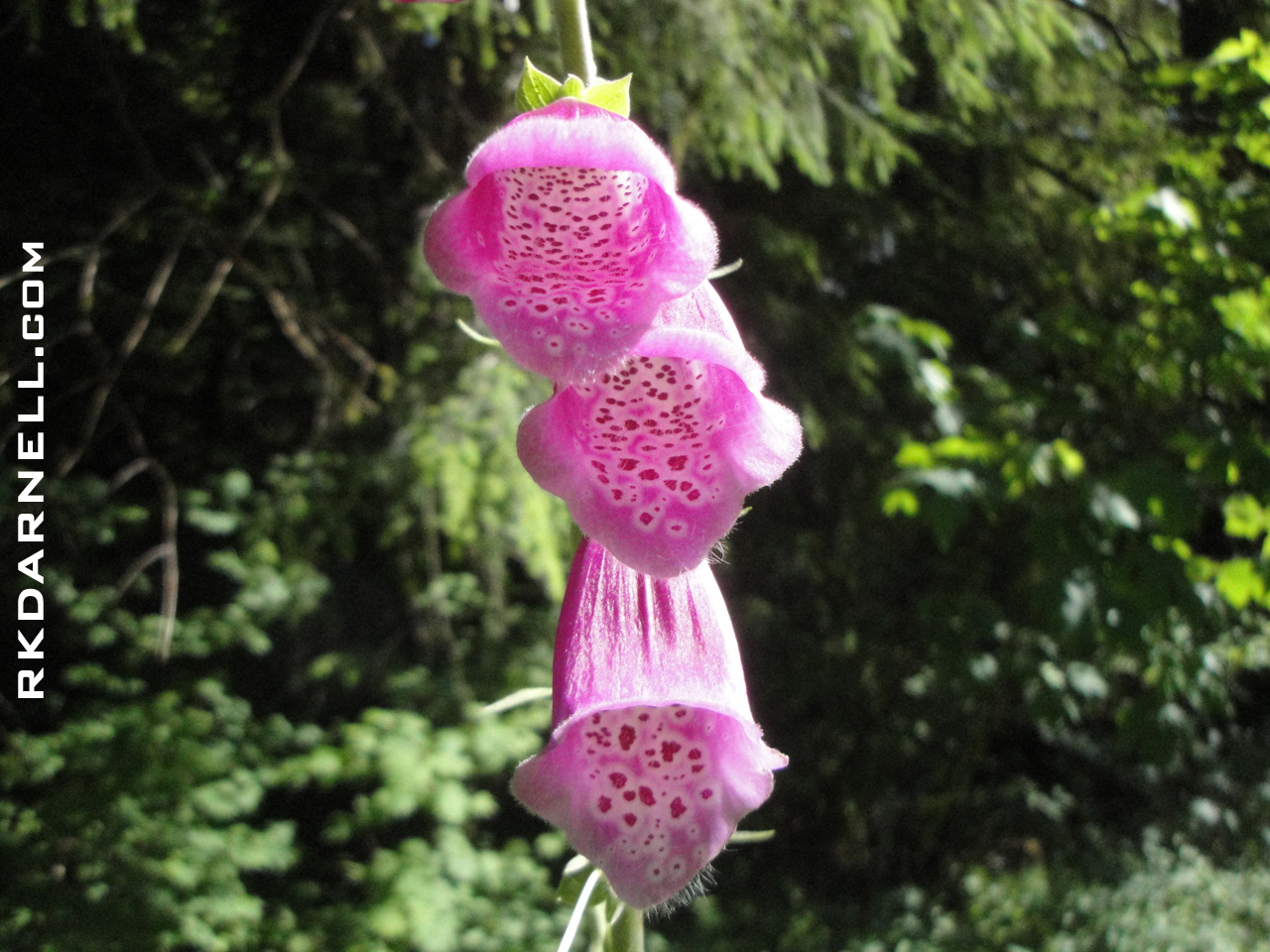
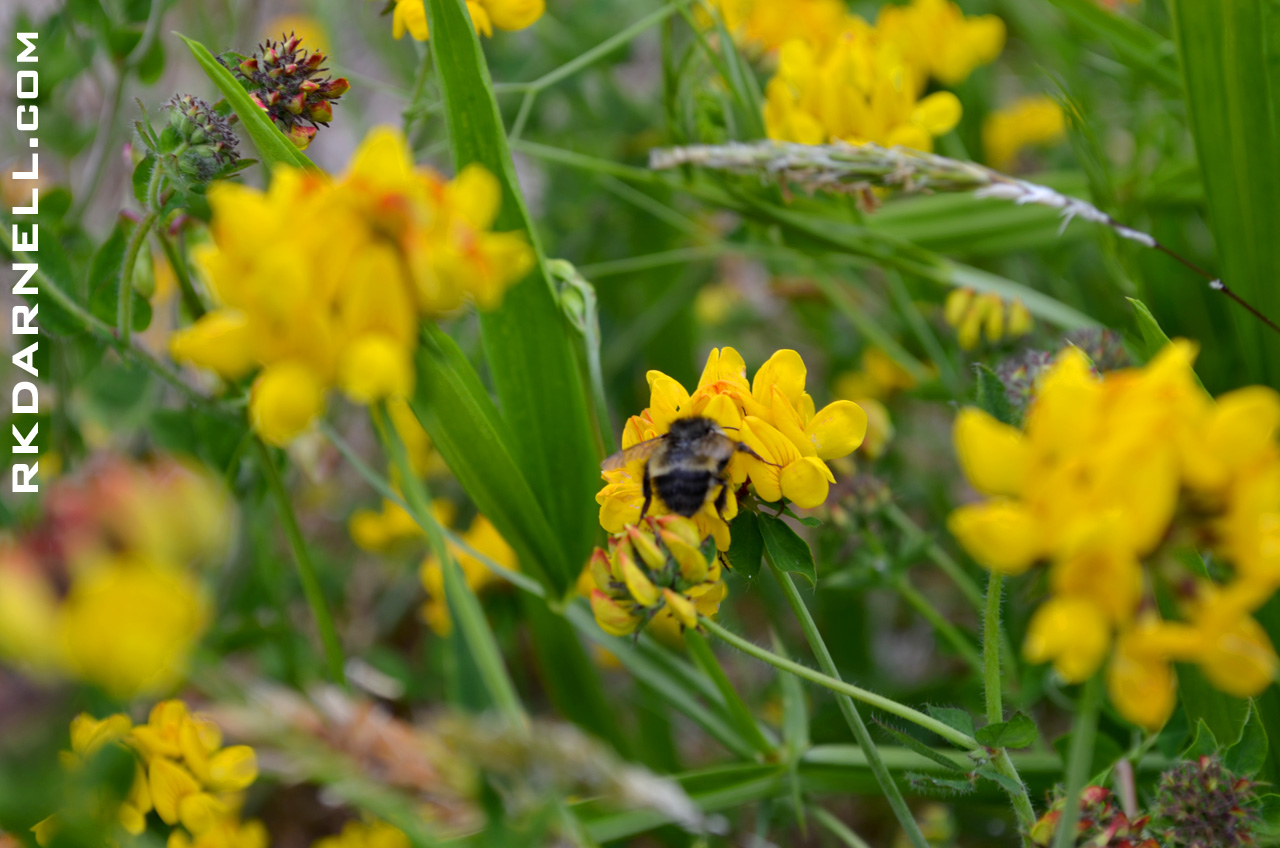
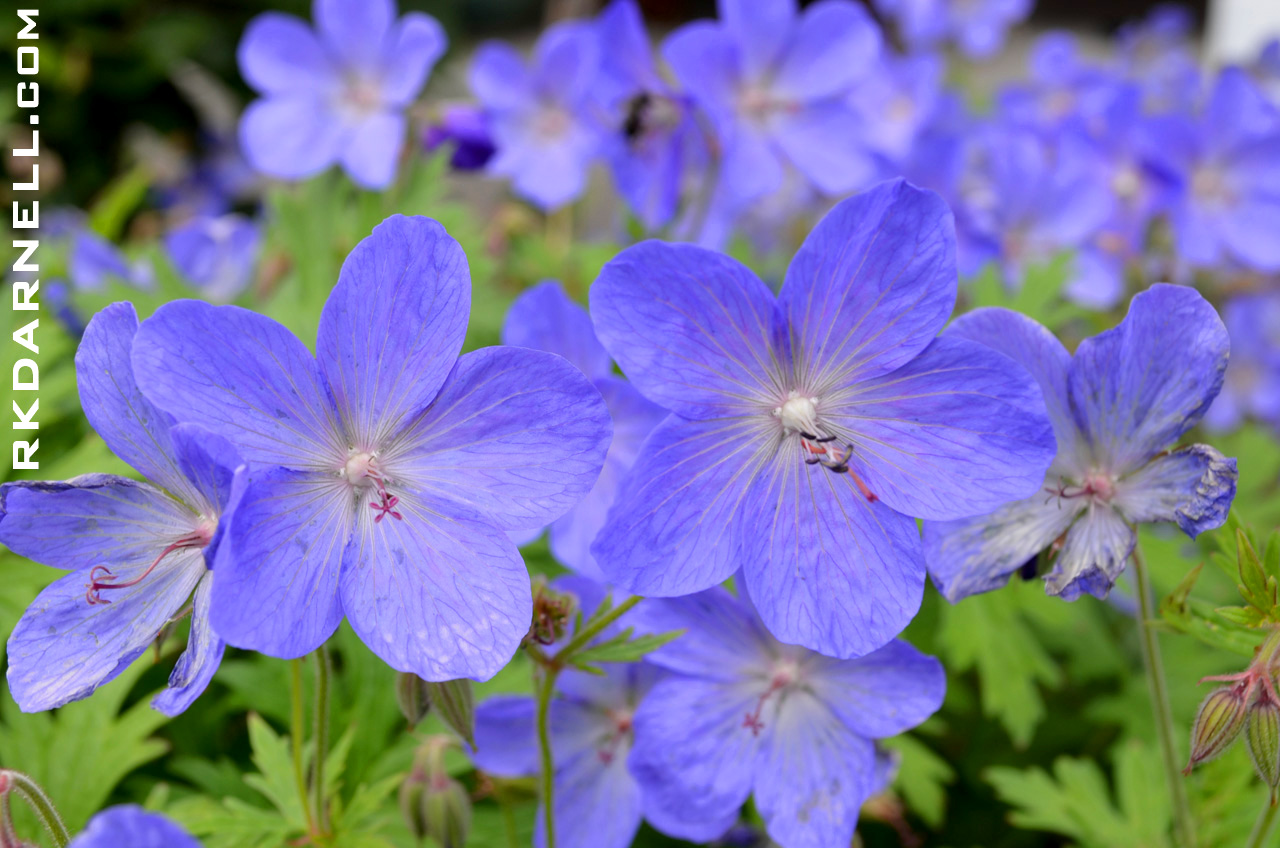
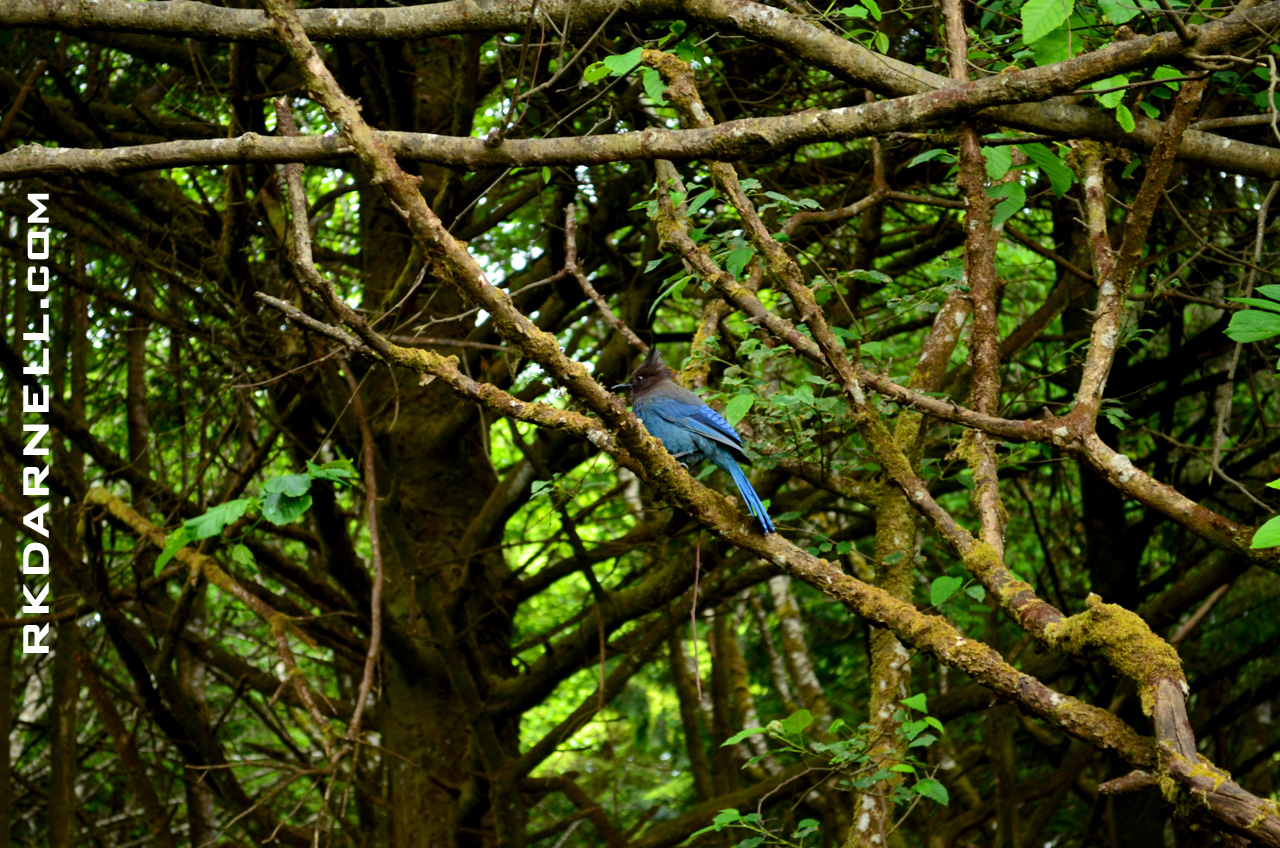
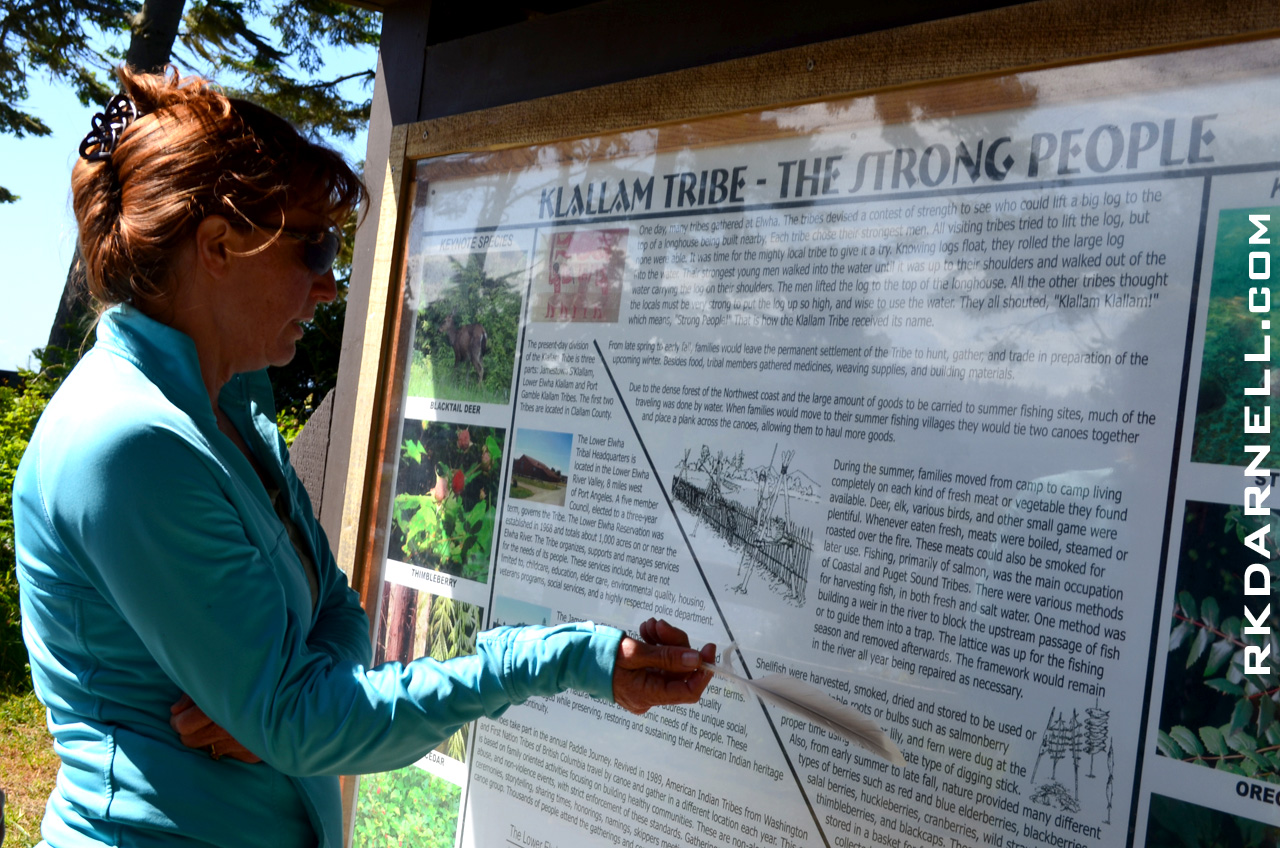
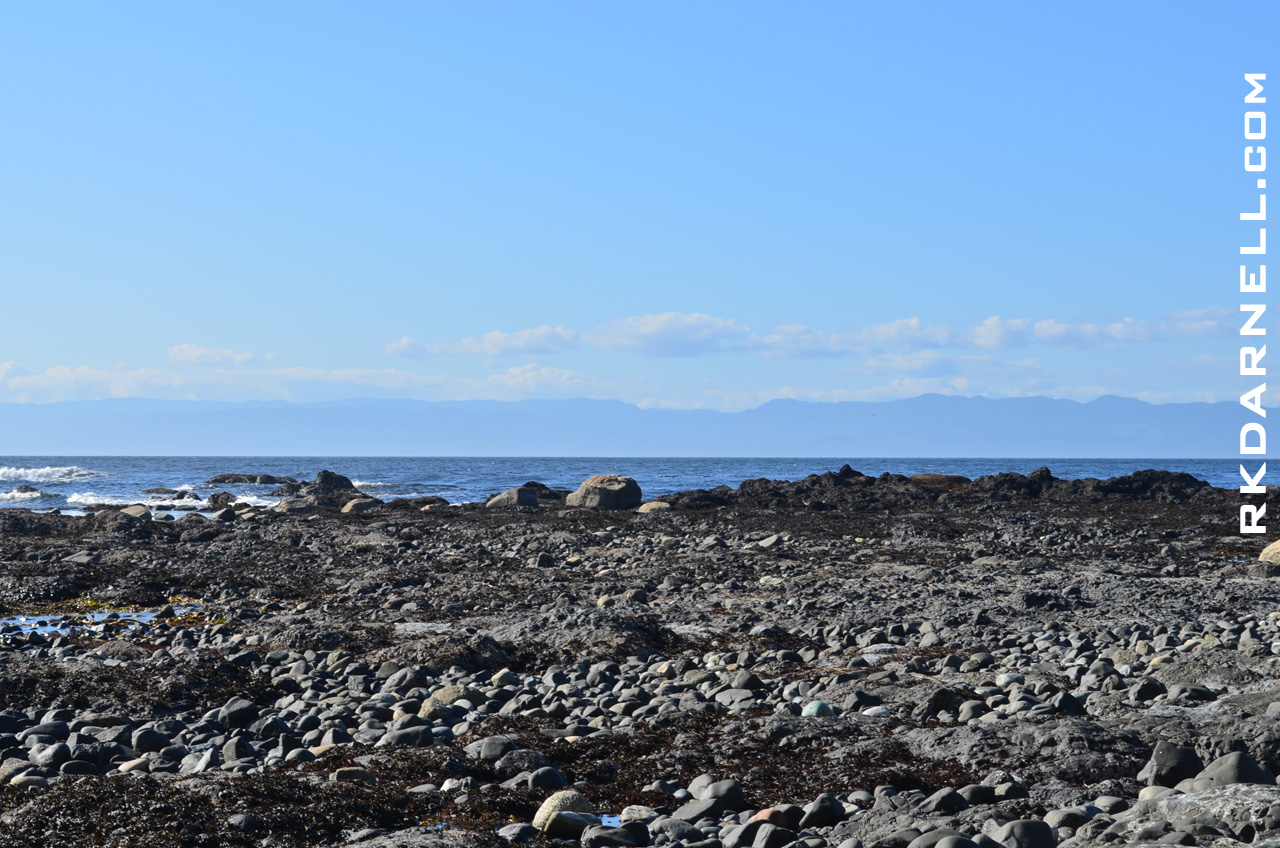
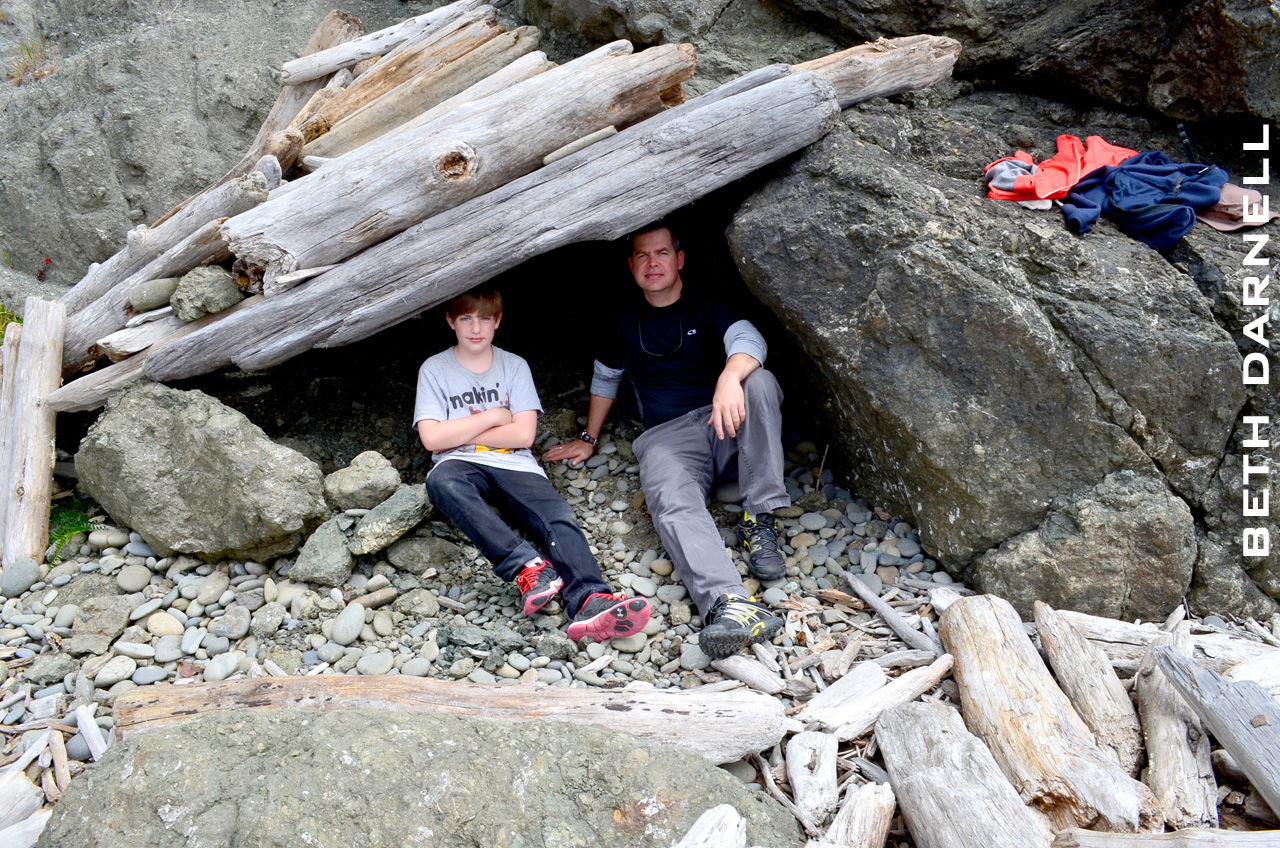
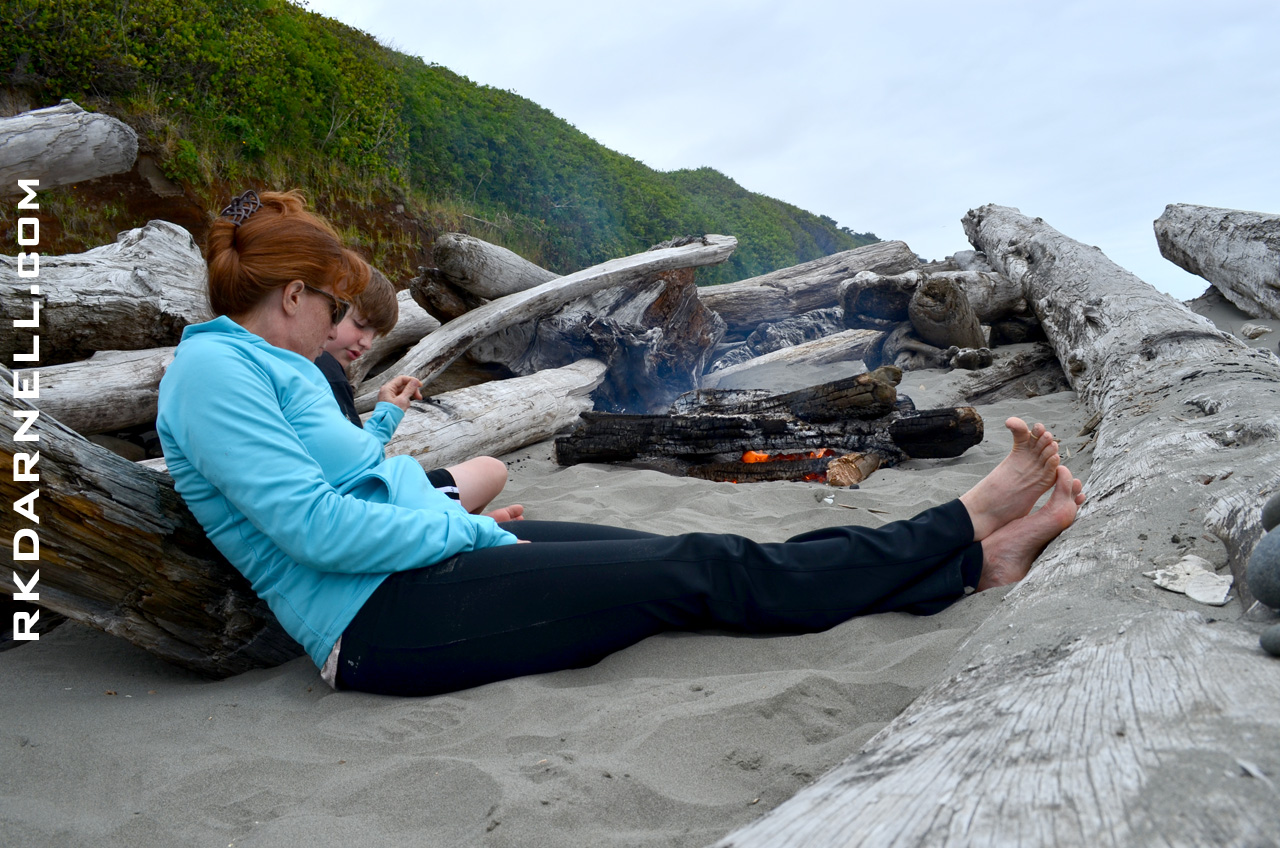
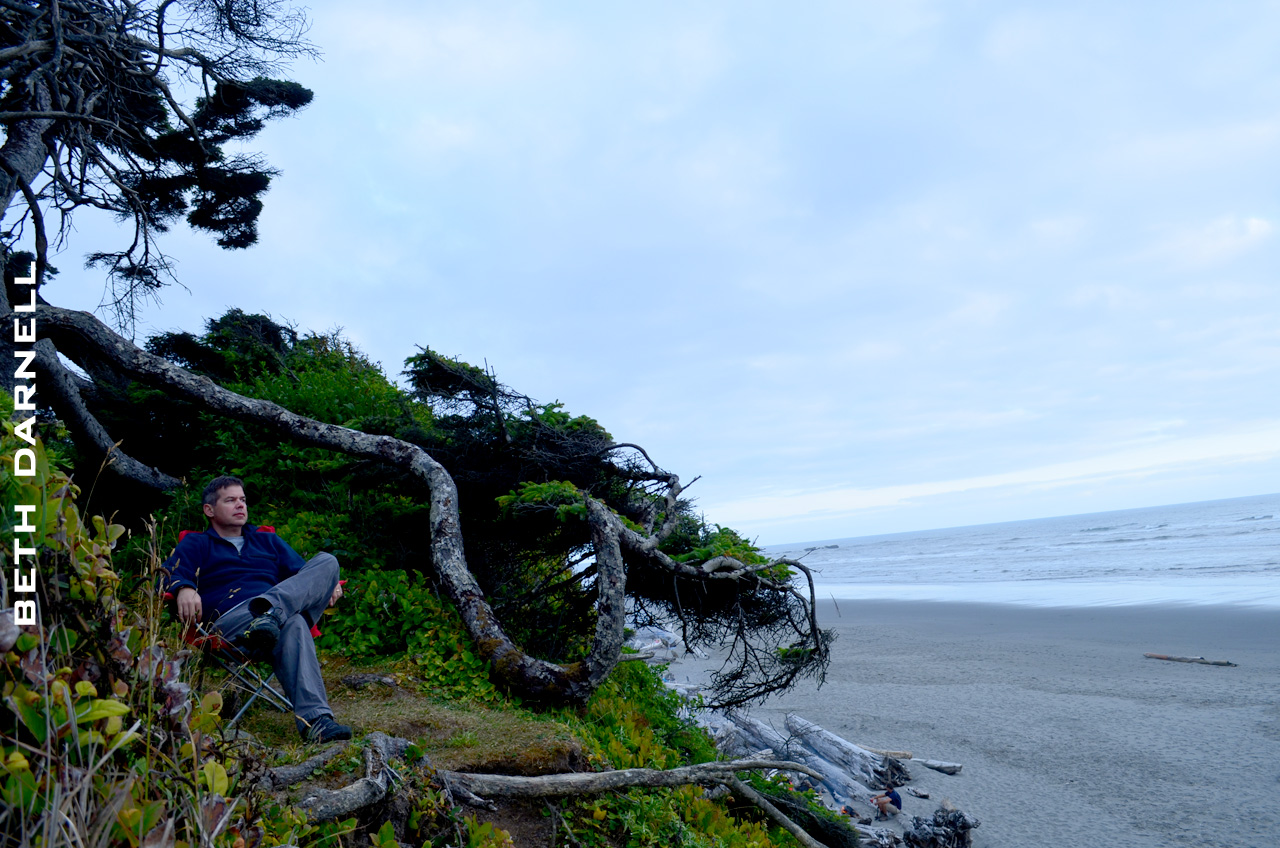
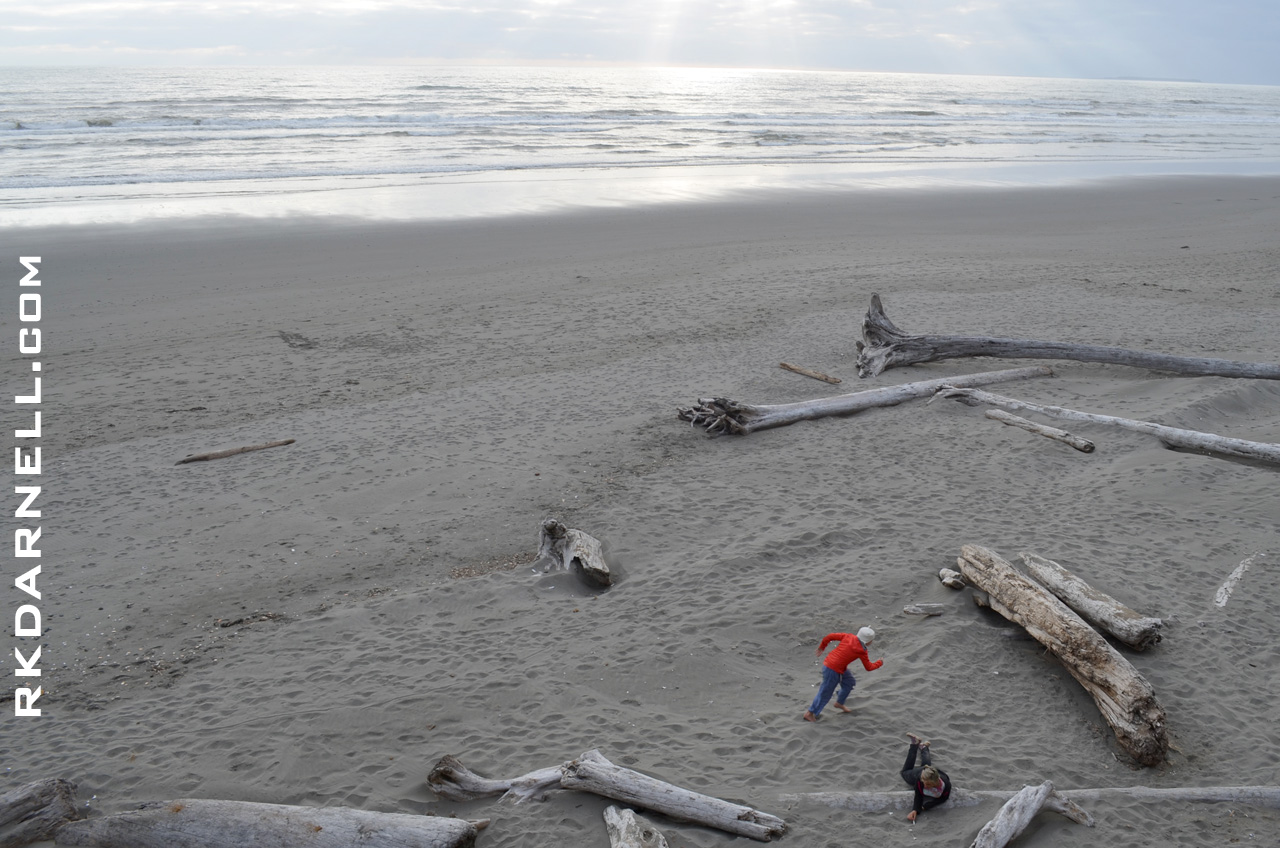
I hope you’ll enjoy Rare Air episode 14, and I look forward to hearing from you any time.

